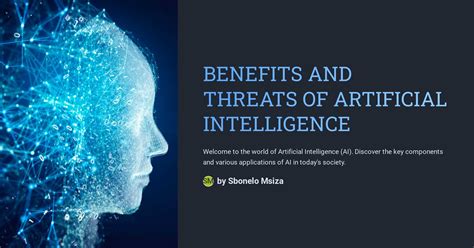The Threat of AI-Powered Cyberattacks on Blockchain Networks
As the world becomes increasingly dependent on blockchain technology, the potential for cyberattacks to compromise these networks has never been greater. Blockchain networks, which use a decentralized and secure digital ledger to record transactions, have made tremendous progress in recent years, but their security is no longer a given.
Artificial intelligence (AI) and machine learning (ML) algorithms are increasingly being used to power AI-powered cyberattacks on blockchain networks. These attacks can be devastating not only for individuals and businesses that rely on these networks, but also for the economy as a whole. In this article, we will explore the threat of AI-powered cyberattacks on blockchain networks and explore some of the key vulnerabilities that make them so attractive to hackers.
What are AI-driven cyberattacks?
AI-powered cyberattacks involve the use of machine learning algorithms to identify and exploit vulnerabilities in blockchain networks. These attacks can take many forms, including:
- Side-channel attacks: Hackers use techniques such as timing or energy consumption analysis to infer sensitive information about the internal workings of the network.
- Data poisoning
: Attackers inject malicious data into the network to manipulate its operation or create fake transactions.
- Cryptanalysis: Hackers use mathematical algorithms to break the encryption methods used in blockchain networks.
Why are AI-driven cyberattacks on blockchain networks so threatening?

In theory, blockchain networks are very secure, but in the real world, they have many vulnerabilities that hackers can exploit. Here are some reasons why AI-driven cyberattacks on blockchain networks are so threatening:
- Lack of standardization: Currently, there is no standardization in the design and implementation of blockchain networks, making it difficult to identify and fix vulnerabilities.
- Insufficient security measures: Many blockchain networks rely on basic encryption methods such as AES-256, which can be easily cracked using complex algorithms.
- Poor network architecture. Blockchain networks are typically designed as a decentralized system, but this also makes them vulnerable to attacks if not properly secured.
Real-world examples of AI-driven cyberattacks
Several high-profile hacking incidents have demonstrated the threat posed by AI-driven cyberattacks on blockchain networks. Some examples:
- Parity Technology: In 2020, Parity, a developer of cryptocurrencies and decentralized applications (dApps), was hacked using an AI-powered side-channel attack. The hackers were able to obtain $150 million in assets.
- Coincheck: In 2018, Japanese cryptocurrency exchange Coincheck was hacked using a cryptanalysis technique to break the encryption methods used on its blockchain network.
Threat Mitigation
While the threat of AI-powered cyberattacks on blockchain networks is undeniable, steps must be taken to mitigate this risk:
- Implement robust security measures: Use advanced encryption methods and implement secure authentication mechanisms.
- Use multi-factor authentication: Users should be provided with multiple forms of verification before accessing sensitive information or transactions.
- Regularly update and patch software: Update blockchain network software regularly to ensure that vulnerabilities are quickly fixed after discovery.
- Perform regular security audits: Regularly check network architecture for vulnerabilities and weak points.
Conclusion
The threat of AI-powered cyberattacks to blockchain networks is a serious concern that cannot be ignored.